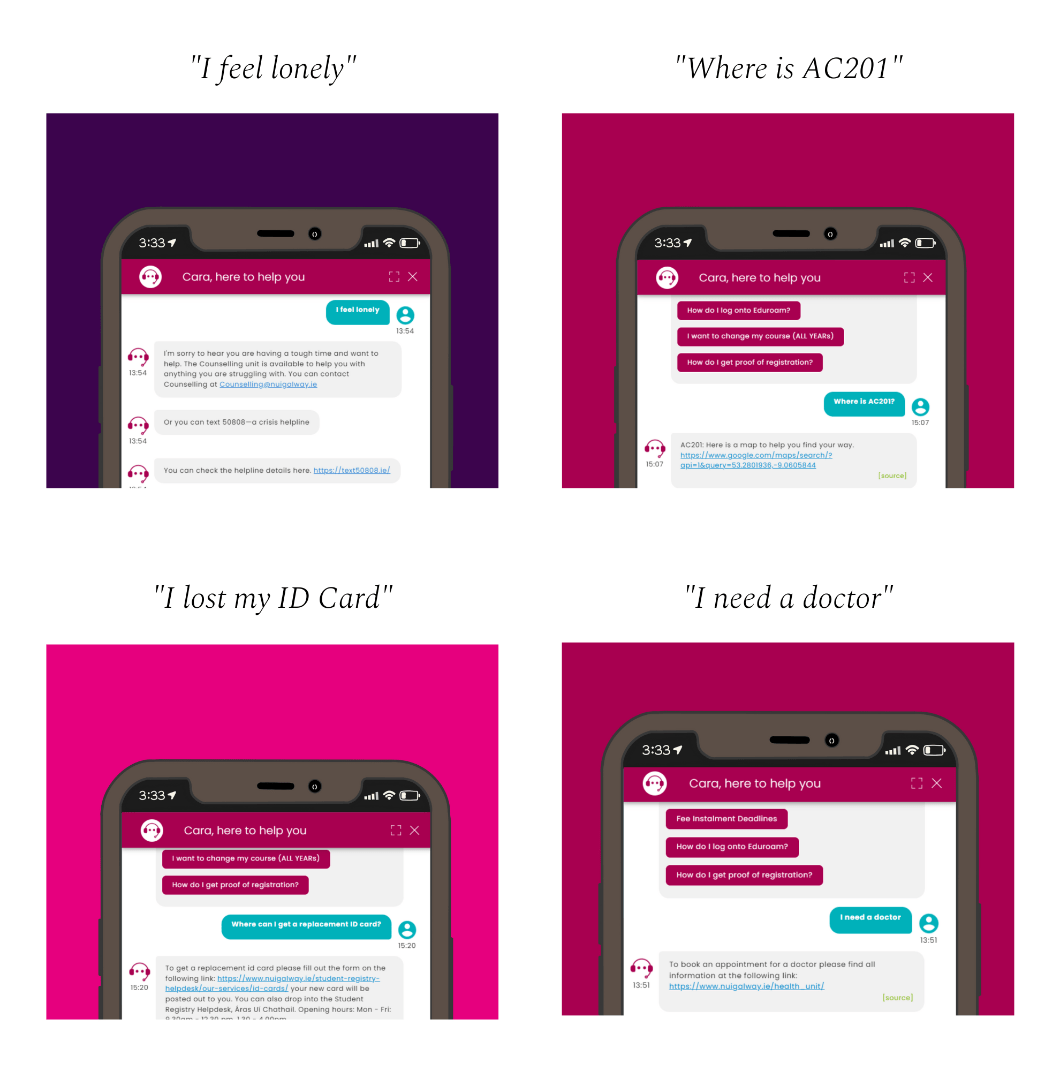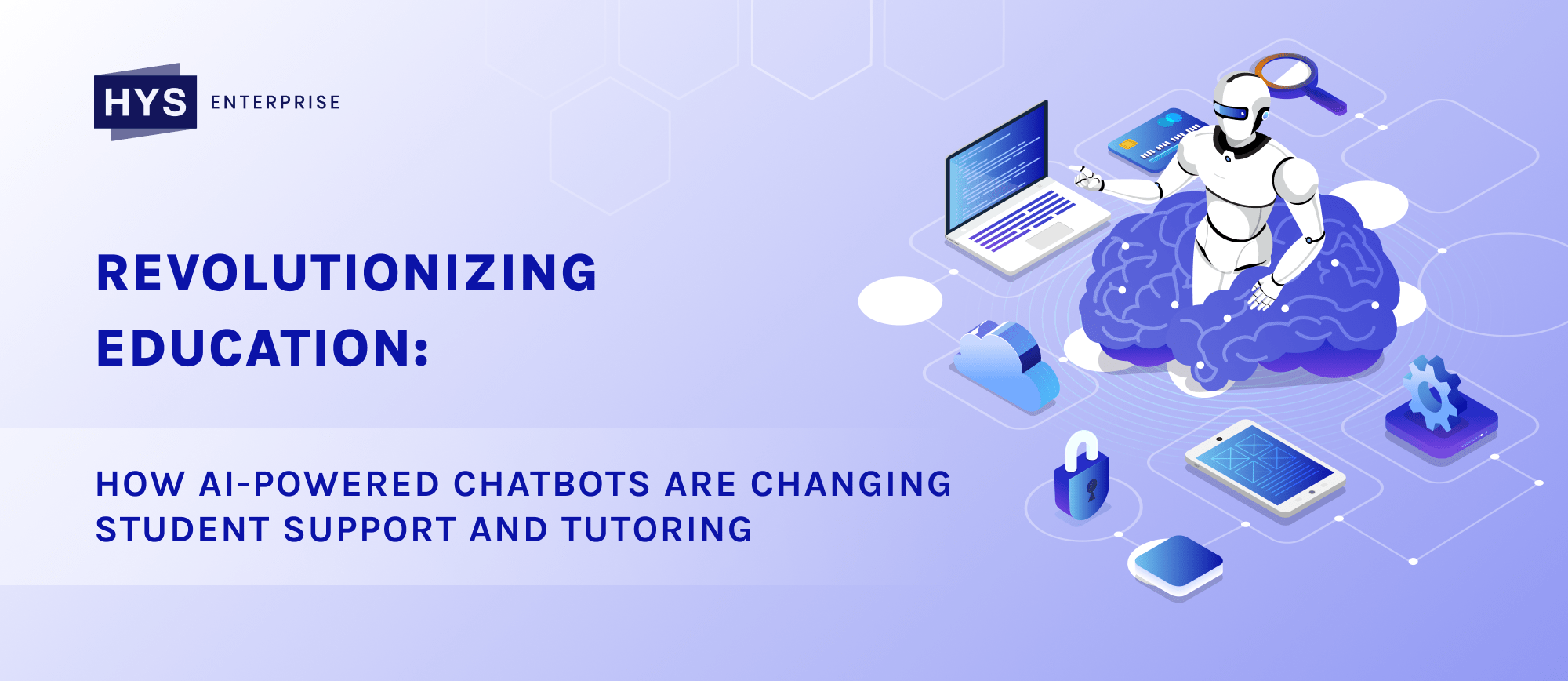Progression of Chatbots in Education
Chatbots in education have changed with the development of AI, offering increasingly sophisticated ways to learn. Here’s a breakdown of their evolution through the years:
Early Days (1960s)
This era saw the birth of the concept of ELIZA (1966). Although ELIZA is not AI-powered, it could simulate conversation using pattern matching. For example, if a user typed “I feel sad,” ELIZA might respond with, “Why do you feel sad?” This basic interaction sparked interest in using chatbots for education, even though actual learning was still limited.
Focus on Accessibility (2000s)
Around the 2000s, chatbots became tools for delivering information. They mostly served as FAQ assistants for university websites, answering frequently asked inquiries regarding admissions, course scheduling, and campus facilities. However, these chatbots still lacked the deep knowledge to fully integrate into the learning process.
The AI Revolution (2010s onwards)
The 2010s saw a huge jump thanks to advances in natural language processing (NLP). Imagine a history chatbot in 2015; it could now understand a student’s question like “What were the causes of the French Revolution?” and provide a more comprehensive response compared to earlier versions.
The Age of Personalized Learning (Present Day)
Today, chatbots use machine learning to personalize the experience. A math chatbot in 2024 can assess a student’s understanding with interactive quizzes and then tailor a learning program with focused practice problems with the right difficulty level. The chatbot might even explain concepts in different ways based on the student’s learning style.

Examples of Using AI-powered Chatbots in Tutoring
AI-powered chatbots are transforming the way students receive support and tutoring. These virtual tutors offer several advantages over traditional methods, creating a more engaging and personalized learning experience. Here’s how:
24/7 Support
One of the main advantages of AI-powered chatbots is their 24/7 availability. Unlike human tutors with settled working hours and limited presence, chatbots are accessible around the clock. With this feature, students can get help or information at any time, which enhances flexibility and accommodates a variety of schedules. In addition, chatbots deliver instant feedback about test results, quizzes, and tasks. This rapid feedback enables learners to quickly understand their mistakes, improving the learning process.
Data Gathering
Chatbots can collect student performance data using interactive quizzes and exams, allowing educators to discover learning gaps and provide targeted support. AI technology can improve data collection methods by minimizing student involvement and increasing administrative efficiency. This innovative data-gathering system lowers the need for human material updates, encouraging more efficient resource utilization. Overall, chatbots can help universities speed up work, save manual labor, and enhance resource usage by eliminating the need for students to update their information.
Improved Engagement
Establishing trust and commitment requires the active involvement of students. Chatbots can play a role in this process by monitoring progress and ensuring continuous interaction through personalized content and suggestions. These tools are particularly effective in engaging students who are looking for new learning opportunities, as they appear as “social media platforms” and messaging systems. By answering requests and sharing information about lectures, tasks, and events, digital assistants enhance the overall educational experience. Institutions that leverage chatbots also experience higher conversion rates, which contributes to their overall success.
Personalized Assistance
Chatbots can rate students’ understanding through interactive quizzes and adapt their responses accordingly. They can explain concepts in different ways based on a student’s learning style, recommend focused practice exercises based on their weaknesses, and even provide hints or explanations for incorrect answers, which promotes self-directed learning. Also, these chatbots provide tailored support to teachers and help manage their workloads. They assist educators in delivering high-quality education and tracking attendance in classes.
Education Chatbot Examples That Are Succeeding
Duolingo Max
Duolingo’s mission is to make top-notch language learning accessible globally. To achieve this, they’ve incorporated GPT-4 technology into their premium tier, Duolingo Max. It provides generative AI features like Explain My Answer and Roleplay.

Explain My Answer
After specific exercises, learners can dive deeper by chatting with Duo. Simply tap a button, and Duo will provide clear explanations for your answers. You can even request examples or further clarification to solidify your understanding.
Roleplay
Practice real-world conversations with virtual characters. Simulate a variety of scenarios, from planning a trip to ordering coffee, shopping for furniture, or inviting a friend on a hike. This feature helps users refine their conversational skills in a safe and engaging environment.
Cara Virtual Assistant
The University of Galway offers students 24/7 support through Cara, their friendly AI assistant. Cara goes beyond a typical chatbot, addressing a wide range of questions related to your university experience. This innovative AI tool helps the university understand student concerns and improve overall engagement.

Do you need help navigating your first year? Cara’s got you covered! From finding your bike parking spot to locating classrooms, Cara can answer all your logistical questions. Feeling overwhelmed or under the weather? Cara can also connect you with resources for loneliness, illness, and more.
This innovative AI tool helps the university understand student concerns and improve overall engagement.
If you have any questions, – Contact us now!
